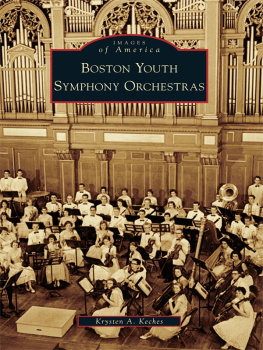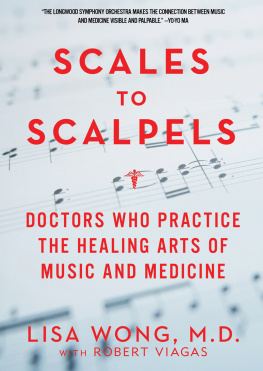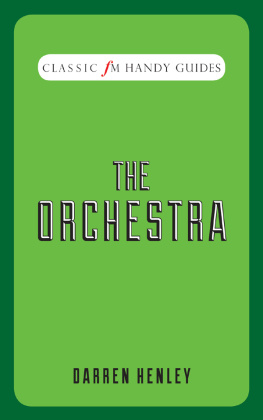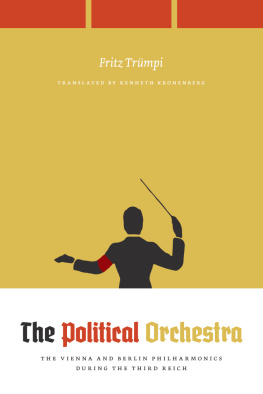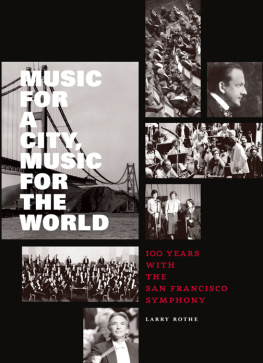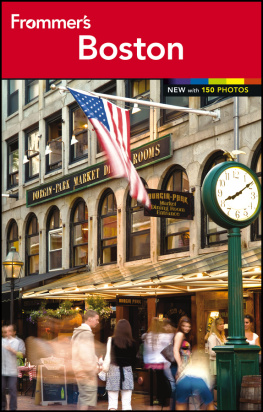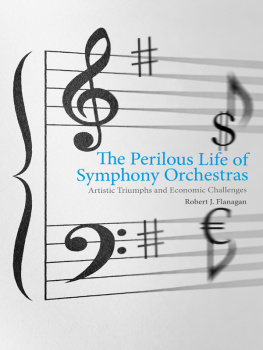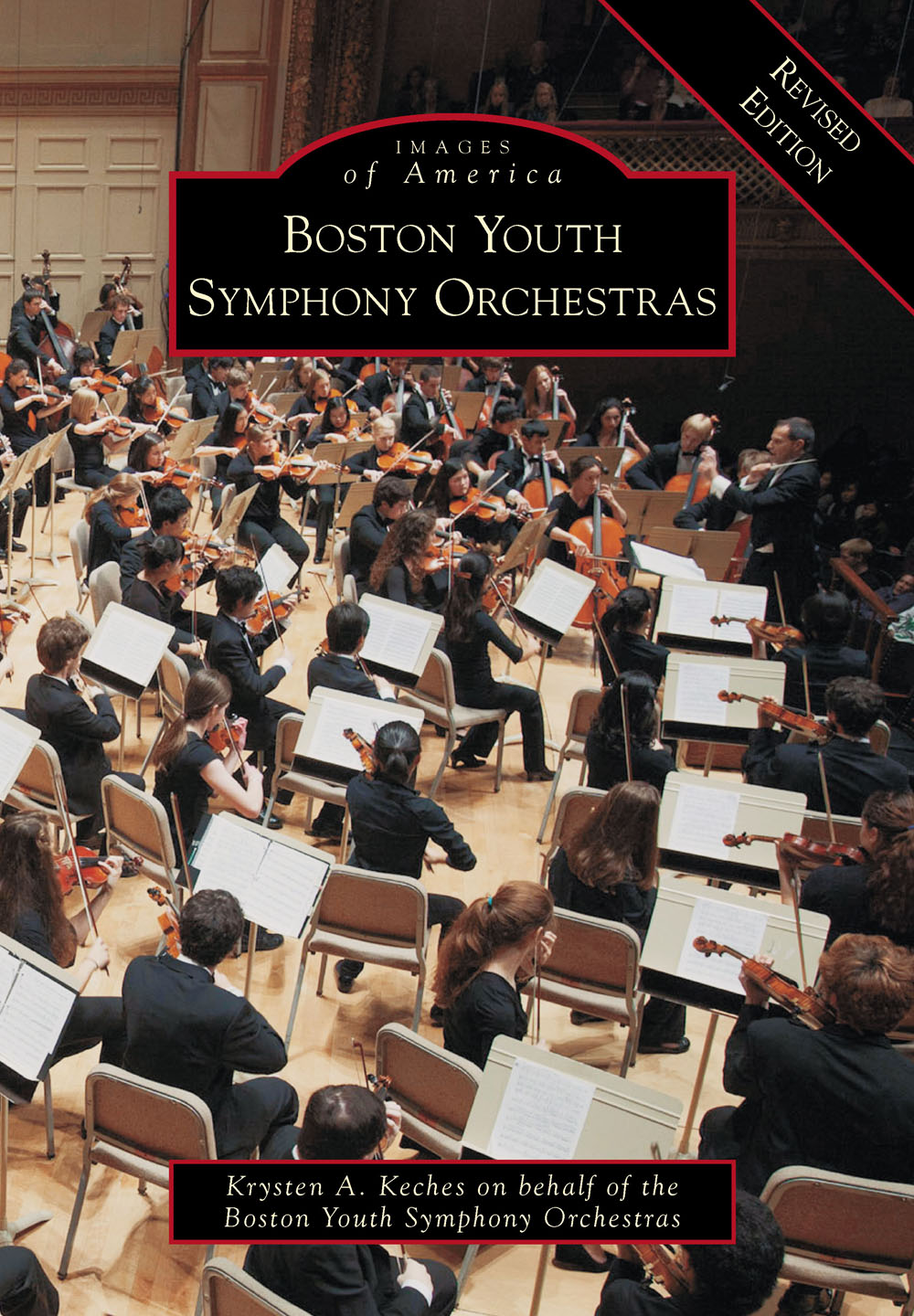
IMAGES
of America
BOSTON YOUTH
SYMPHONY ORCHESTRAS

Federico Cortese, who became the music director of the Boston Youth Symphony Orchestras in 1999, conducts a concert at Bostons Symphony Hall.
ON THE COVER: The Boston Youth Symphony (BYS) performs with conductor Federico Cortese at Symphony Hall on October 23, 2011.
IMAGES
of America
BOSTON YOUTH
SYMPHONY ORCHESTRAS
Krysten A. Keches on behalf of the
Boston Youth Symphony Orchestras

Copyright 2017 by Krysten A. Keches
ISBN 978-1-4671-2691-5
Ebook ISBN 9781439661970
Published by Arcadia Publishing
Charleston, South Carolina
Library of Congress Control Number: 2017945110
For all general information, please contact Arcadia Publishing:
Telephone 843-853-2070
Fax 843-853-0044
E-mail
For customer service and orders:
Toll-Free 1-888-313-2665
Visit us on the Internet at www.arcadiapublishing.com
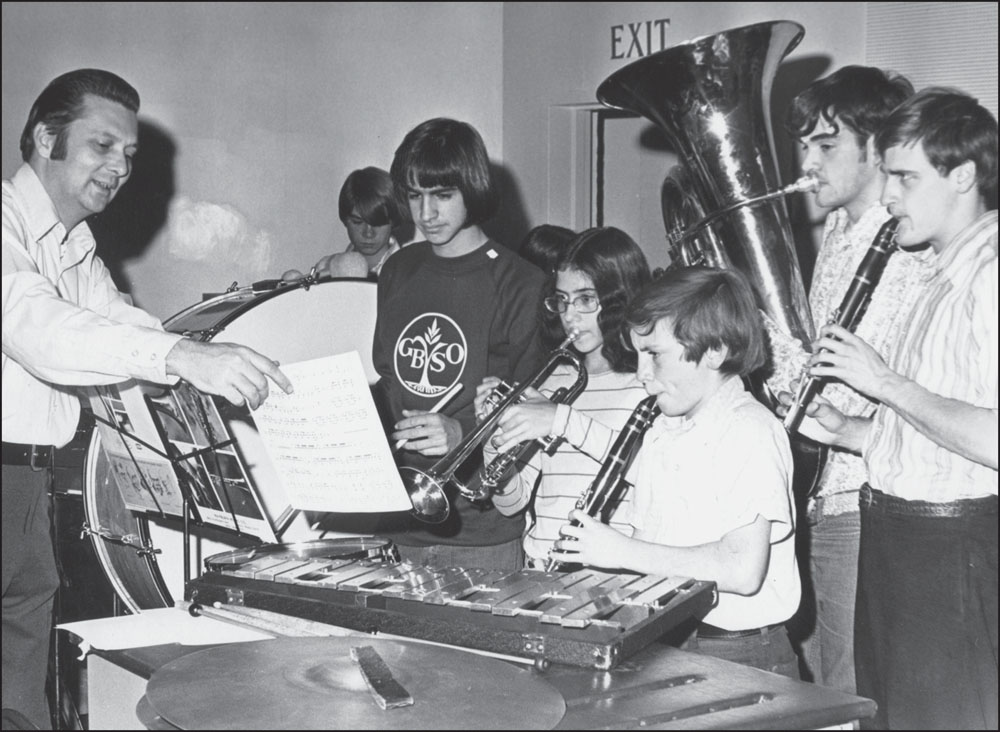
This book is dedicated to the thousands of young musicians that the Boston Youth Symphony Orchestras has served over the course of its history. During their time in the Boston Youth Symphony Orchestras, children from throughout New England have engaged in a collective celebration of the classical music tradition through their inspiring dedication and with their remarkable talent.
ACKNOWLEDGMENTS
The Boston Youth Symphony Orchestras would like to acknowledge the dedicated work of the late Dr. Marvin Rabin, who passed away on December 5, 2013, at the age of 97. As the founding music director of BYSO, he played an integral role in the development of the organization. Rabins 1968 dissertation, a history and analysis of BYSO from 1958 to 1964, demonstrates the passionate commitment to music education that he exemplified throughout his life. Written at the University of Illinois, his dissertation served as a valuable resource for this retrospective. Rabin (right) visited with BYSOs current music director, Federico Cortese (left), in 2008. Rabins ideas continue to resonate today, and BYSO thanks him for bringing the organization to life.
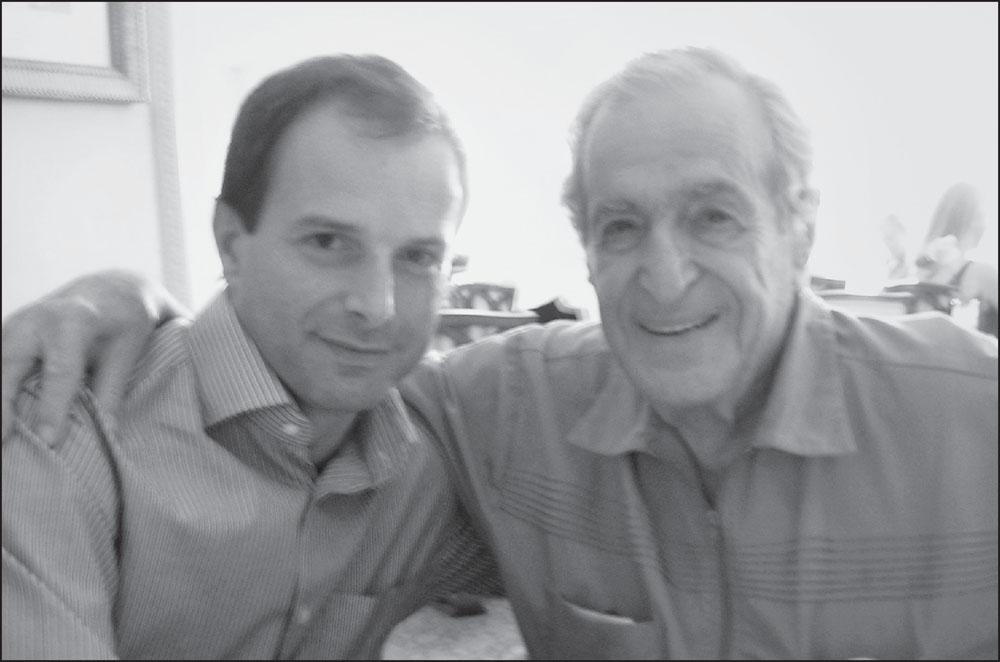
INTRODUCTION
In 1958, Dr. Robert Choate, then chairman of the Division of Music at Boston Universitys School of Fine and Applied Arts (now the College of Fine Arts), led the universitys effort to establish a youth orchestra for junior and senior high school students. Since its inception, the Boston Youth Symphony Orchestras (BYSO), formerly known as the Greater Boston Youth Symphony Orchestras, has served thousands of young musicians from throughout New England. Over the past 60 years, BYSO has evolved from a single orchestra to one of Bostons most prestigious arts organizations, with a range of programs that includes three full symphonic orchestras, two young string training orchestras, six chamber orchestras, a preparatory wind ensemble, a chamber music program, and a nationally recognized outreach program that provides rigorous instrument instruction to students from underrepresented communities.
As the first music director of BYSO, Dr. Marvin Rabin worked to expand the organization, foster musical excellence, and reach out to the Greater Boston community. By 1969, under the direction of Dr. Walter Eisenberg, BYSO had organized its first international tour of Switzerland. Since then, members of the orchestras have traveled to perform at venues throughout Europe, Asia, South America, and the Middle East. Other highlights from BYSOs history include concerts at Carnegie Hall, the White House, and annual performances at some of the finest venues in the New England area.
Federico Cortese assumed the post of music director in 1999 and is the conductor of BYSOs most advanced ensemble, the Boston Youth Symphony. During his tenure, BYSO has instituted several significant initiatives, including an annual opera program that has become an integral part of the season repertoire. Today, BYSO has the largest operating budget of any youth orchestra in the United States.
In March 2007, the Greater Boston Youth Symphony Orchestras officially became the Boston Youth Symphony Orchestras. In this retrospective, the name Greater Boston Youth Symphony Orchestra (GBYSO) refers to the original single orchestra, which is now known as the Boston Youth Symphony (BYS). Throughout the book, the name BYSO refers to the organization as a whole.
Dedicated to providing talented young musicians with opportunities for personal and artistic growth, BYSO is widely regarded as one of the countrys finest youth orchestras and is recognized nationally as a model music and arts education organization. As BYSO celebrates its 60th anniversary, we invite you to be part of the musical legacy and future plans that continue to make BYSO one of Bostons most important cultural institutions.
One
FROM 1958 TO 1969

Following its establishment in 1958, the Boston Youth Symphony Orchestras (BYSO) ourished under the leadership of music director Dr. Marvin Rabin. One hundred and thirty-five students auditioned for membership in the original single ensemble, attesting to the need for an orchestral program for high schoolage musicians in the Boston area. Throughout the next decade, the orchestra performed at major concert venues, including Bostons Symphony Hall, New England Conservatorys Jordan Hall, and Harvard Universitys Sanders Theatre. The orchestra also appeared at local schools, bringing classical music to younger audiences in the community. By 1969, the BYSO had performed at both Carnegie Hall and the White House and had undertaken its first international tour; these early accomplishments helped to ensure the growth of the organization in the years to come.
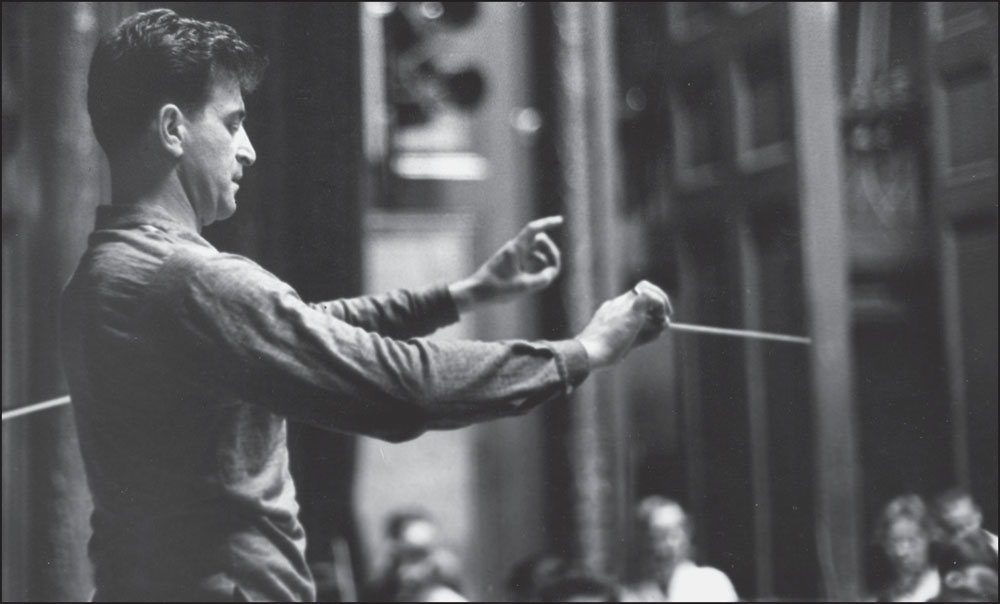
An associate professor of music at Boston University from 1958 to 1966, the BYSOs founding music director, Dr. Marvin Rabin, led the orchestra for six seasons, until 1964. Under his guidance, the orchestra thrived, gradually increasing its membership and gaining recognition within the Greater Boston community. Thanks to his dedication, the BYSO ourished in its early years.
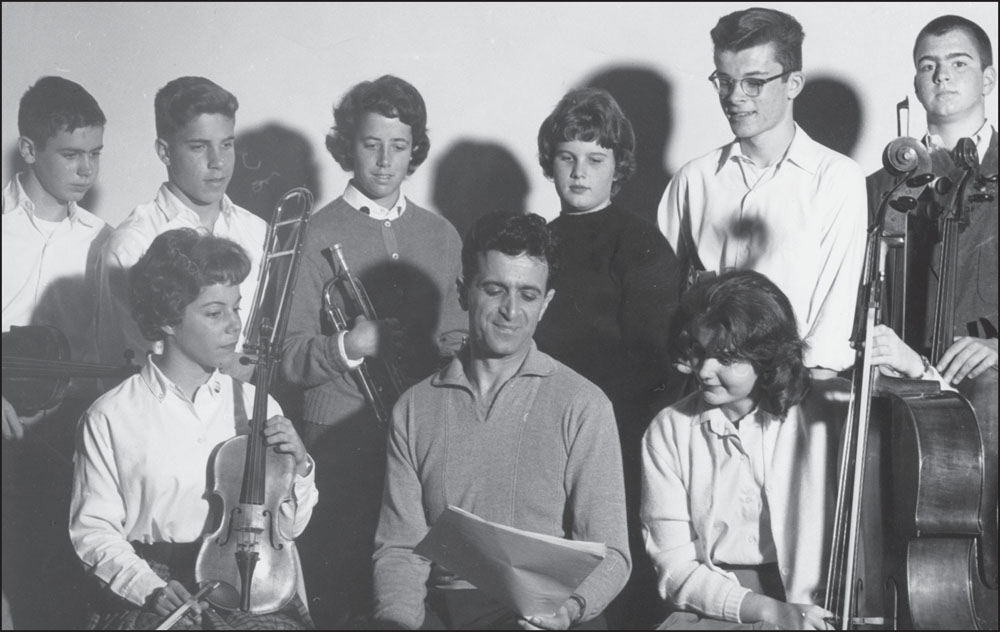
Rabin worked to raise the caliber of the orchestra, expand its repertoire, and spread enthusiasm about classical music by strengthening the link between the BYSO and local schools. Through his efforts, many of the goals and traditions that remain vital to the organization today were established.
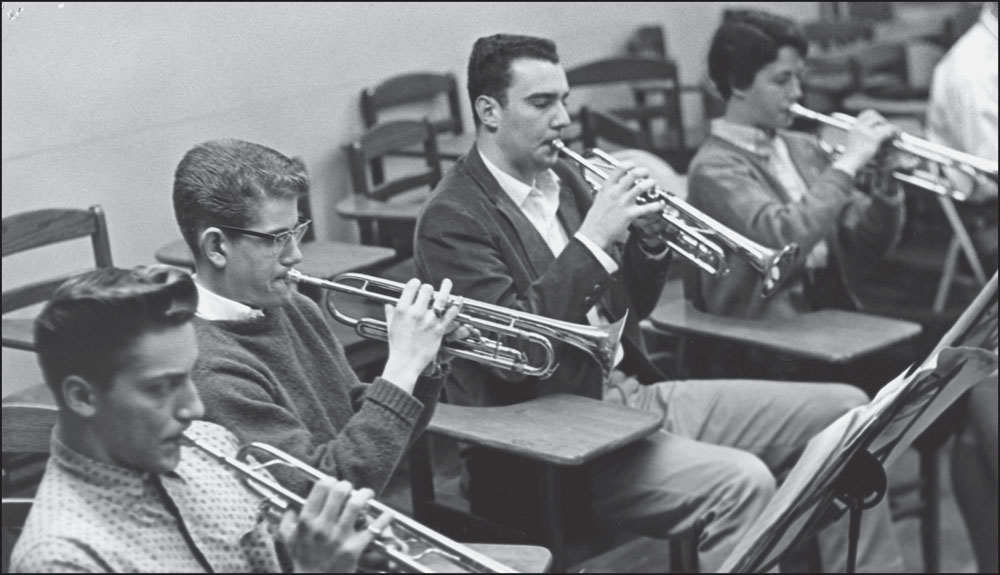
The final selection of members for the opening season was completed in January 1959; one hundred thirty-five students auditioned and eighty were accepted into the orchestra. Rehearsals were held on Saturday mornings from 9:30 until noon at what is now called the College of Fine Arts Concert Hall at Boston University, the same space where members of the Boston Youth Symphony practice today. Here, members of the brass section of the Greater Boston Youth Symphony Orchestra (GBYSO) rehearse together around 1959.
Next page

